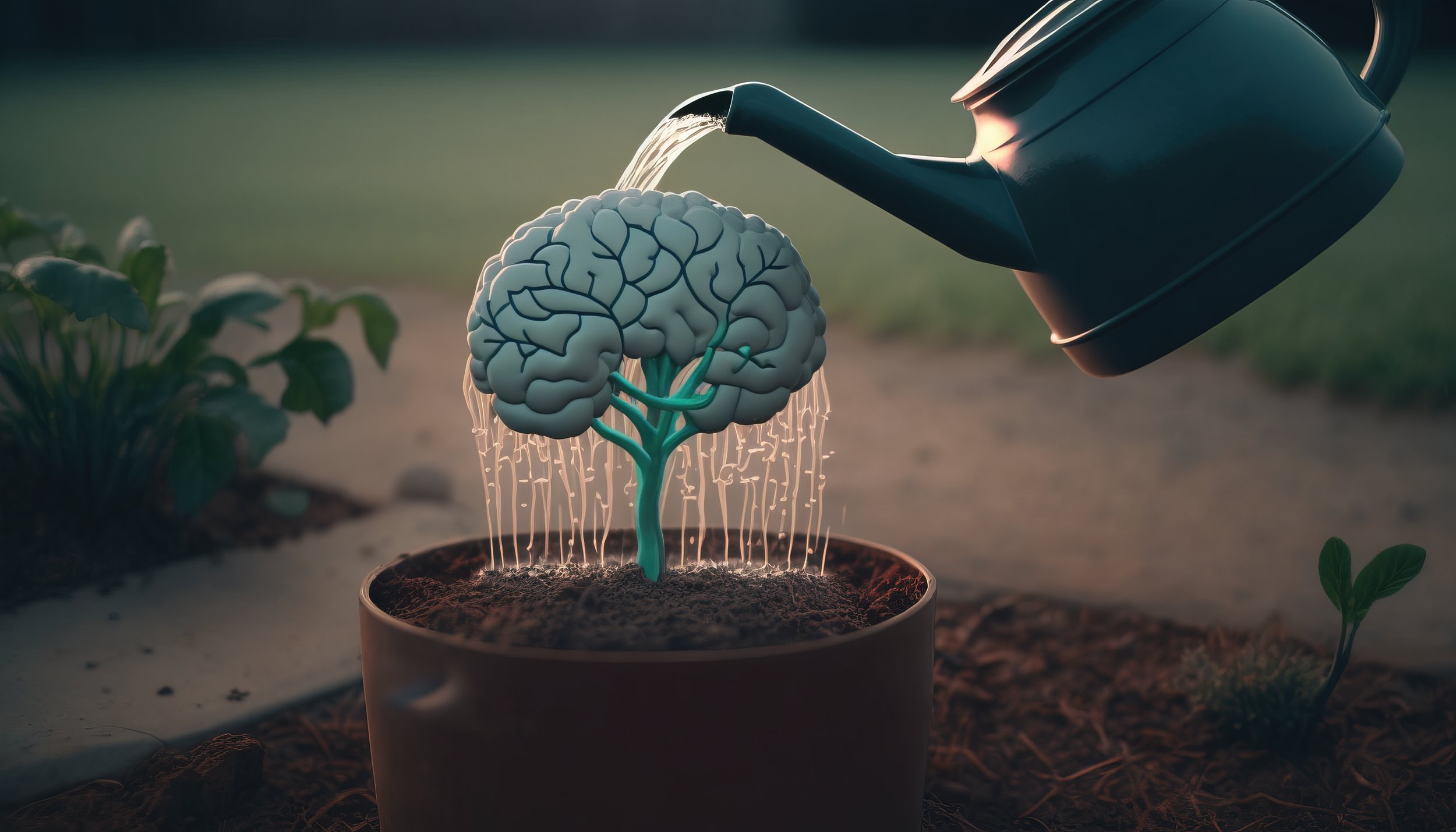Seeds in the Stars: Gardening in Space and the Future of Extra-Terrestrial Life
As we venture further into the cosmos, one question continues to captivate us: how can we sustain life beyond the cradle of Earth? The answer may lie in an age-old human practice — gardening. In this article, we'll explore the fascinating world of space gardening, its significance for long-term space missions, and how these extraordinary techniques could reshape gardening on our home planet.
The Challenge of Cultivating Life in the Cosmos
Growing plants in space is no small feat. The absence of gravity, limited water and nutrients, exposure to cosmic radiation, and extreme temperatures pose significant challenges. Yet, these are the very obstacles scientists and astronauts are learning to overcome, transforming the barren confines of spacecraft into lush, life-sustaining gardens.
The History of Space Gardening
The journey of space gardening began in 1982 when Soviet cosmonauts aboard the Salyut 7 space station successfully grew Arabidopsis, a small flowering plant often used in research. Since then, numerous space missions have cultivated a variety of plants, from wheat and radishes to zinnias and mustard greens.
However, the most significant milestone came in 2015 when astronauts aboard the International Space Station (ISS) took a bite out of red romaine lettuce — the first food grown and consumed in space.
Growing Food for Long-Term Space Missions
As we set our sights on Mars and beyond, the ability to grow food in space becomes crucial. Transporting food from Earth is costly, and supplies may degrade over long periods. Space gardening offers a sustainable solution, providing astronauts with fresh food and reducing the dependence on Earth-based supplies.
Moreover, plants play a vital role in life-support systems in space. They recycle carbon dioxide, purifying the air, and can also contribute to water recycling through transpiration, making space habitats more self-sustaining.
Techniques for Space Gardening
Space gardening employs a technique called hydroponics, which involves growing plants in a nutrient-rich water solution instead of soil — an ideal method for the zero-gravity environment. NASA's 'Veggie' plant growth system uses LED lights to provide plants with the necessary wavelengths for photosynthesis, and pillows filled with a clay-based growth media and controlled-release fertilizer take the place of traditional soil.
The Impact on Earth-based Gardening
The innovations from space gardening aren't just for astronauts — they have profound implications for gardening on Earth, especially in regions where traditional agriculture is challenging.
Hydroponics and similar soil-less techniques, such as aeroponics and aquaponics, are already revolutionizing agriculture, enabling the growth of plants in urban environments and areas with poor soil quality. The use of LED lights for indoor farming allows for year-round growth, irrespective of external weather conditions.
Looking Ahead
As we continue to push the boundaries of space exploration, the role of space gardening will only become more critical. NASA's Artemis program aims to return humans to the moon by 2024 and establish sustainable lunar exploration by the end of the decade. These missions will rely heavily on space gardening to sustain the crew.
Furthermore, as we prepare for eventual human missions to Mars, the ability to grow food on the red planet will be vital. Mars' soil contains toxic perchlorates, but scientists are already researching ways to clean the soil and make it suitable for plant growth.
The Future of Space Gardening
The XROOTS Technology Demonstration, sponsored by NASA and developed by Sierra Space, represents a groundbreaking innovation in space gardening. This project aims to transition from small-scale plant production to systems of sufficient scale to supplement the crew's diet and enhance their habitation quality. It employs soilless nutrient delivery and recovery techniques, using hydroponic and aeroponic methods to grow crops without soil, making large-scale plant production in space feasible1.
The XROOTS system will be integrated with one of the Veggie plant growth units currently being used aboard the space station. The project is designed to run over six months, with individual tests lasting between 14 and 60 days. The XROOTS system will observe variables such as nutrient solution spray, flow, and ebb behavior in different capillary configurations and with different operating protocols. The team will conduct tests with multiple crop species, some through the germination stage and others to the full harvest stage1.
The findings from this project will inform future space missions, including NASA's exploration missions. The ability to effectively produce fresh food in space will be critical for long-duration missions. The data generated will help scale up current space-based plant growth system technologies to levels appropriate for life-support applications, demonstrate root zone configurations that adhere to real-life space vehicle and space operational constraints, and provide data necessary to better evaluate hybrid life-support architectures for different mission scenarios1.
Gardening, a practice as old as civilization itself, has taken on a new dimension as we look to the stars. Space gardening encapsulates our innate desire to nurture life, even in the most inhospitable environments, and stands testament to our unyielding spirit of exploration. As we cultivate our gardens in the cosmos, we're not only exploring new frontiers of life beyond Earth but also planting seeds of innovation that could revolutionize agriculture and sustainability on our home planet. The future is indeed green, whether it be on Earth or in the stars above.






